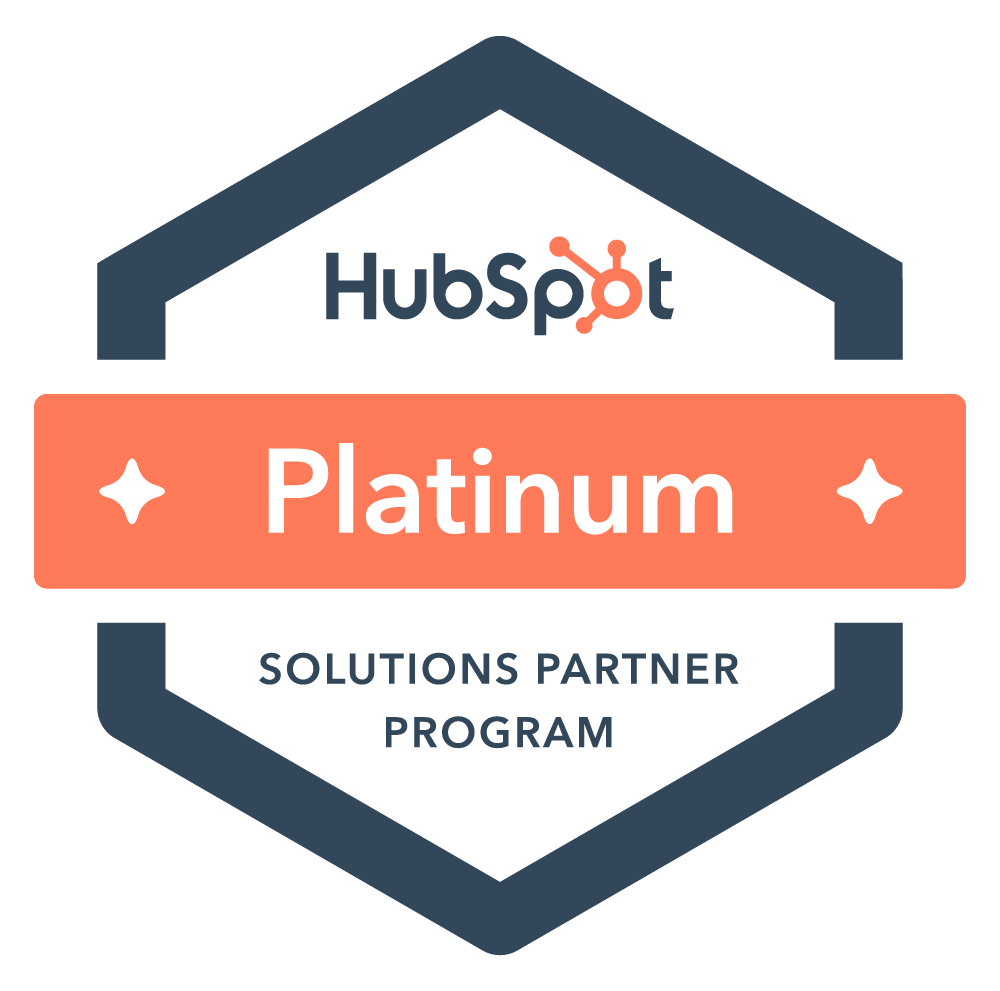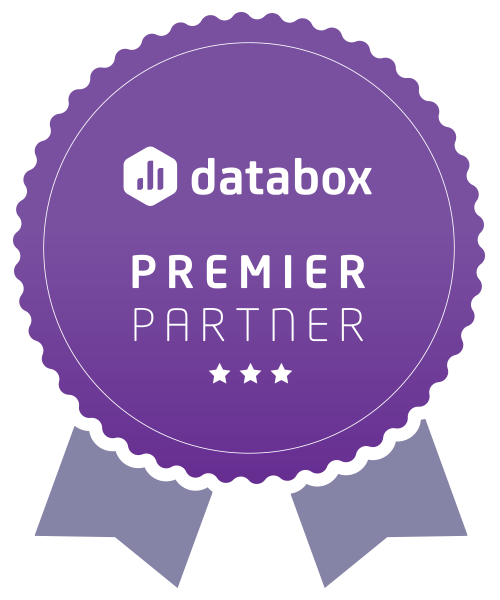With the explosion in the types and quantities of data we can collect, making sense of all of it can be challenging for even the most digital-savvy marketer. How do you know which metrics mean what and which ones are critical to measuring business growth? Let’s separate the wheat from the digital chaff and drill down into the key customer acquisition metrics you really should be keeping an eye on.
One of the toughest parts of developing a customer acquisition strategy is the sheer number of metrics that can be used to measure success. The often-confusing definitions of the terms involved do not help either.
So let’s see if we can simplify things a little bit. First up, we need to understand the difference between “acquisition” and “retention”.
“Acquisition” is the act of acquiring a new customer. “Retention” is the act of getting an existing customer to purchase from you again.
Many marketers understand the difference between acquisition and retention, but tend to lump them together into a single category called “sales” for convenience. While it’s true that in many cases there is an overlap between acquisition and retention, it’s better to regard them as two separate metrics.
Customer Acquisition Cost (CAC)
When it comes to acquisition, we need to measure the cost of acquiring new customers, often stated as the pesky acronym ‘CAC’. While important, we have to understand that CAC does not give us a full picture of the value each customer brings.
The CAC makes no distinction between customers who buy only once and customers who make repeat purchases.
That’s why the CAC is better viewed as a growth indicator, not a health indicator of your business.
CAC is better viewed as a growth indicator, not a health indicator of your business.
To reframe our perspective on customer acquisition, we need to zoom out and see how much value each new customer is bringing in. Not just in the short-term, but over the long-term.
We need to factor in their lifetime value, or LTV. We explore the CAC and LTV relationship in more detail in our blog post here.
So coming back to our original question: what customer acquisition metrics should we be looking at?
To get a more holistic picture of our customer acquisition ROI, we need to be looking at their Order Frequency.
Order frequency
What it is order frequency?
The order frequency (sometimes referred to as purchase frequency) defines how often a customer buys from you in a given period of time, typically over a year.
Order Frequency = Total number of orders in 365 days / total number of unique customers in 365 days
The order frequency gives you a better picture of how much value each new customer is delivering. That means you have a better context of how your CAC is performing.
Why order frequency matters to your business
What makes order frequency such an insightful metric is that the higher it is, the more ROI you can expect for your customer acquisition cost. According to a study by Adobe, repeat customers generate between 3 to 7 times higher revenue per visit than first-time visitors.

“If someone buys from you twice a year right now, it’s unlikely to take a lot more time, effort, manpower or money to get them to buy three times. Yet just one more purchase a year per customer could translate into enormous increases in profitability for your business.” - Robert Clay, Marketing Wizdom
Conversion Rate
What it is conversion rate?
A conversion rate is the percentage of people who take an action that you’ve deemed as valuable to your business and marketing strategy.
Defining the ‘start’ and ‘end’ of said process is key. For example, a start can be ‘saw an online advertisement’ and the finish would be ‘visited the website and completed an enquiry form’.
For an e-commerce retailer, a possible start can be ‘visited the website’, in which case the finish would be ‘successfully purchased an item’.
What conversion rate tells you
Simply put, conversion rate shows you how many people from the audience you’ve attracted make the leap to taking an action. Typically, that results in a transaction but can be anything from how many users complete and submit a survey to how many sign up to your newsletter.
It shows you in concrete terms what percentage of your audience has moved from interested to invested.
Your business probably uses a mix of digital channels to attract customers. With an understanding of order frequency and conversion rates, we are now better placed to track the performance of each channel. Specifically, we can now see which channels are bringing in the most valuable customers. As we know, different channels attract different demographics who have different shopping and spend behaviours.
Tracking your acquisition channels
SEO/SEM
SEO and SEM are two methods used to promote a website in organic and paid search with the intent of having your brand or service placed in multiple positions on the search engine result page (SERP). Some marketers think that organic search and paid search are rivals, hence the organic vs paid debate. We, however, think they are besties.
Google offers three main types of advertising formats: search network, shopping and display network. Search network includes the text ads that you see when you search for a related item. Typically, they can deliver an average conversion rate of 3.48%. Of course, this varies widely by industry. These are the ads you see in the SERP and the reason they have such a high conversion is they more closely match a user’s intent.
Display ads contain graphics and can be placed throughout the google display network. They have an average conversion rate of 0.72% but don’t write them off just yet. Display ads are the best way to promote brand awareness and bring curious shoppers to your site.
Many marketers are already declaring that “SEO is dead”, but Hubspot’s data disagrees. Organic SEO is the weapon of choice to promote your brand to your audience during the awareness and consideration stage where people are less likely to engage with ads.
Social Media
The Social Media Examiner’s 2018 Social Media Marketing Industry Report tells us that 78% of marketers who have used social media for 2+ years report increased traffic to their websites, and 83% of those who have used social media for five or more years agree that social media activity has increased traffic.
Traffic is good, but what does the data say about social media’s ability to convert?
Taking the case of Facebook ads specifically, the average conversion rate is around 9.2%, according to Wordstream.
Conclusion
There’s no doubt that your customer acquisition cost is an important metric. In order to appreciate it’s true cost (or investment!), it must be viewed in the context of your customer’s ordering frequency and lifetime value. By gauging how much revenue a customer generates over a year, you may find you can be far more aggressive with your acquisition costs than you initially thought.
On the other hand, you might find out that one channel which was attracting a lot of traffic was bringing you customers with low lifetime value (hello, flash sales sites!).
Fascinating stuff, right?
We hope you found this discussion enlightening and useful. We are all about sharing what we know and helping businesses get to where they want to be. If you have questions, queries or just want to have an informal chat about your business goals, we’d love to hear from you!

.jpeg)



